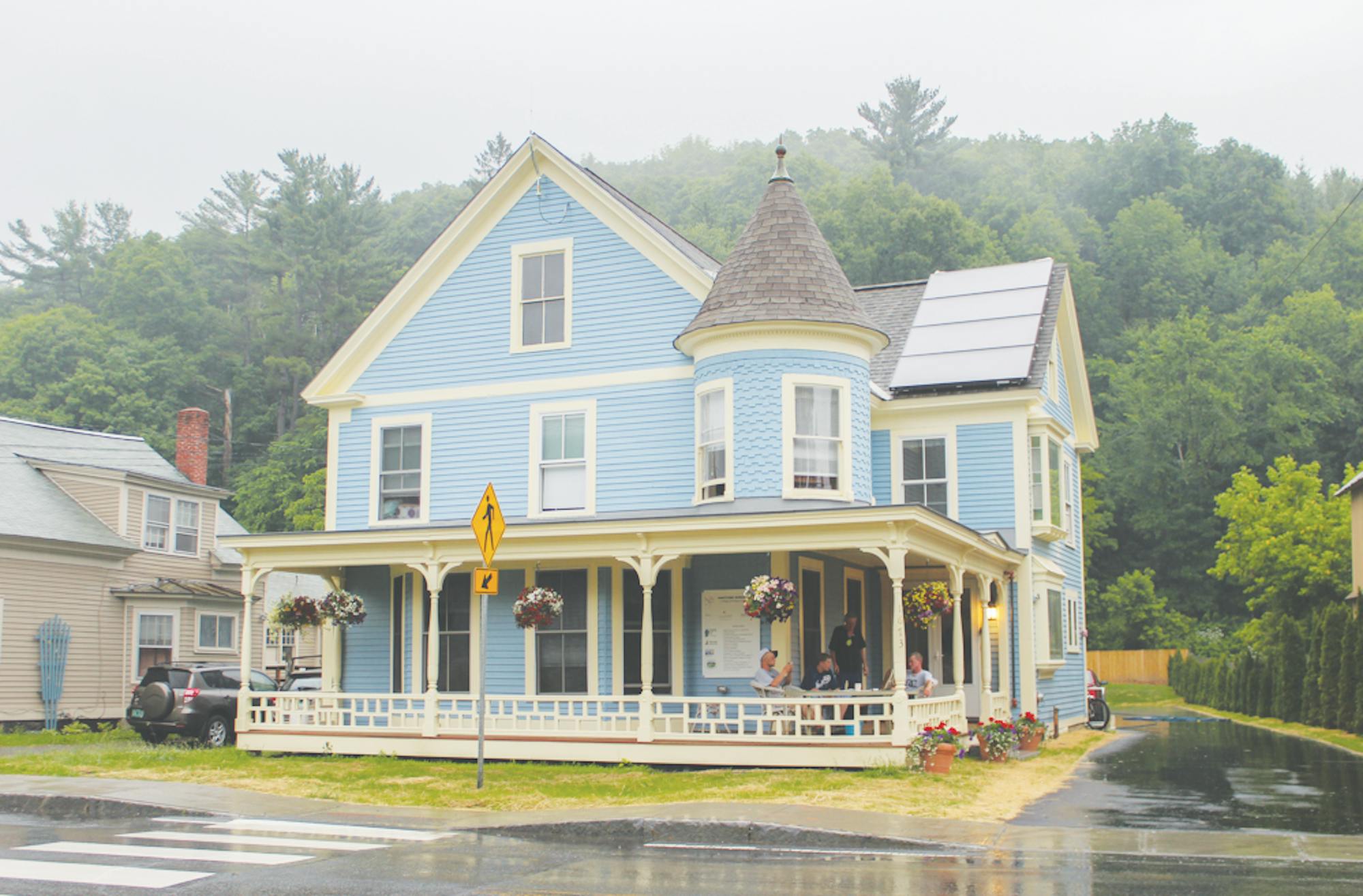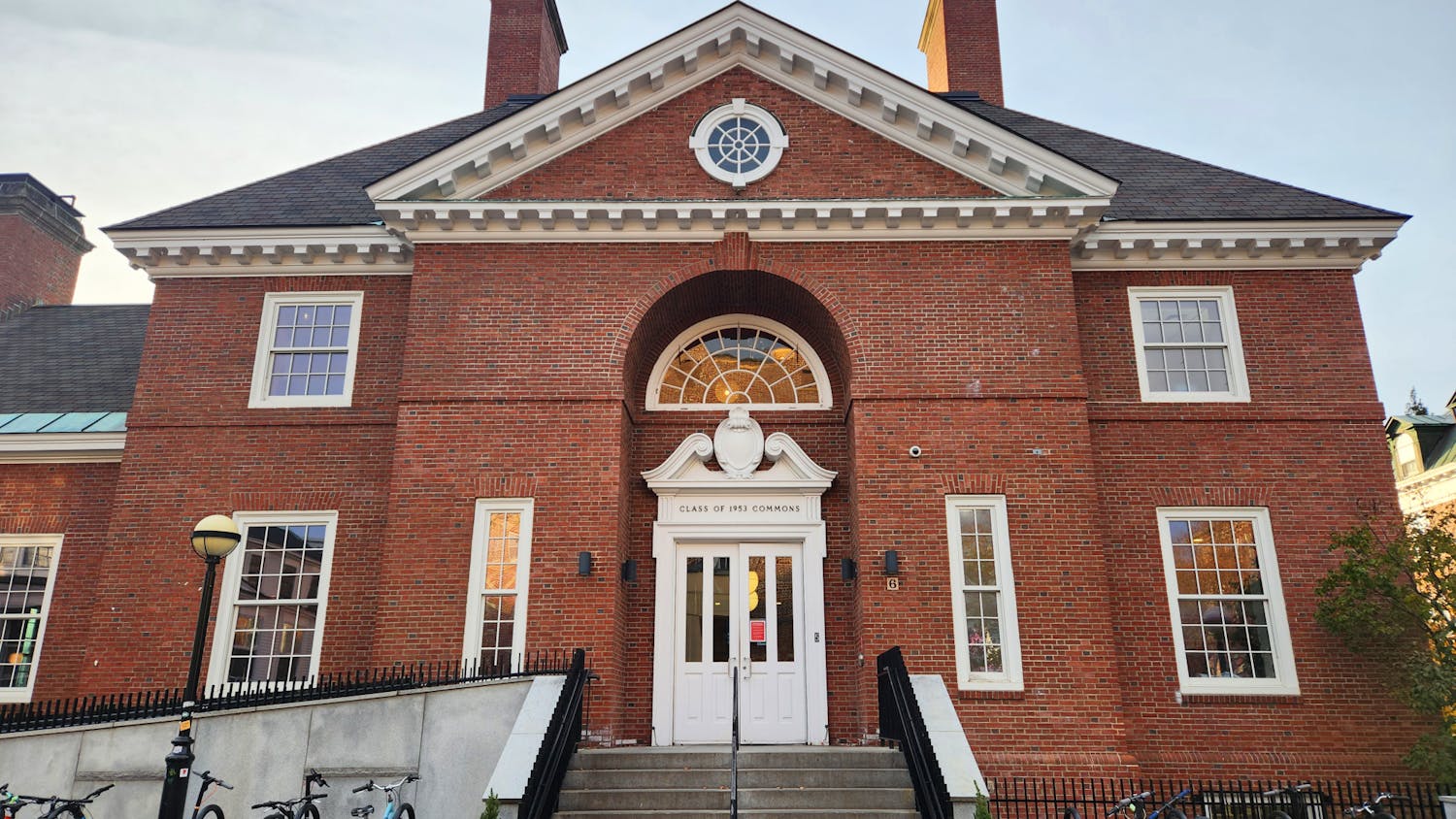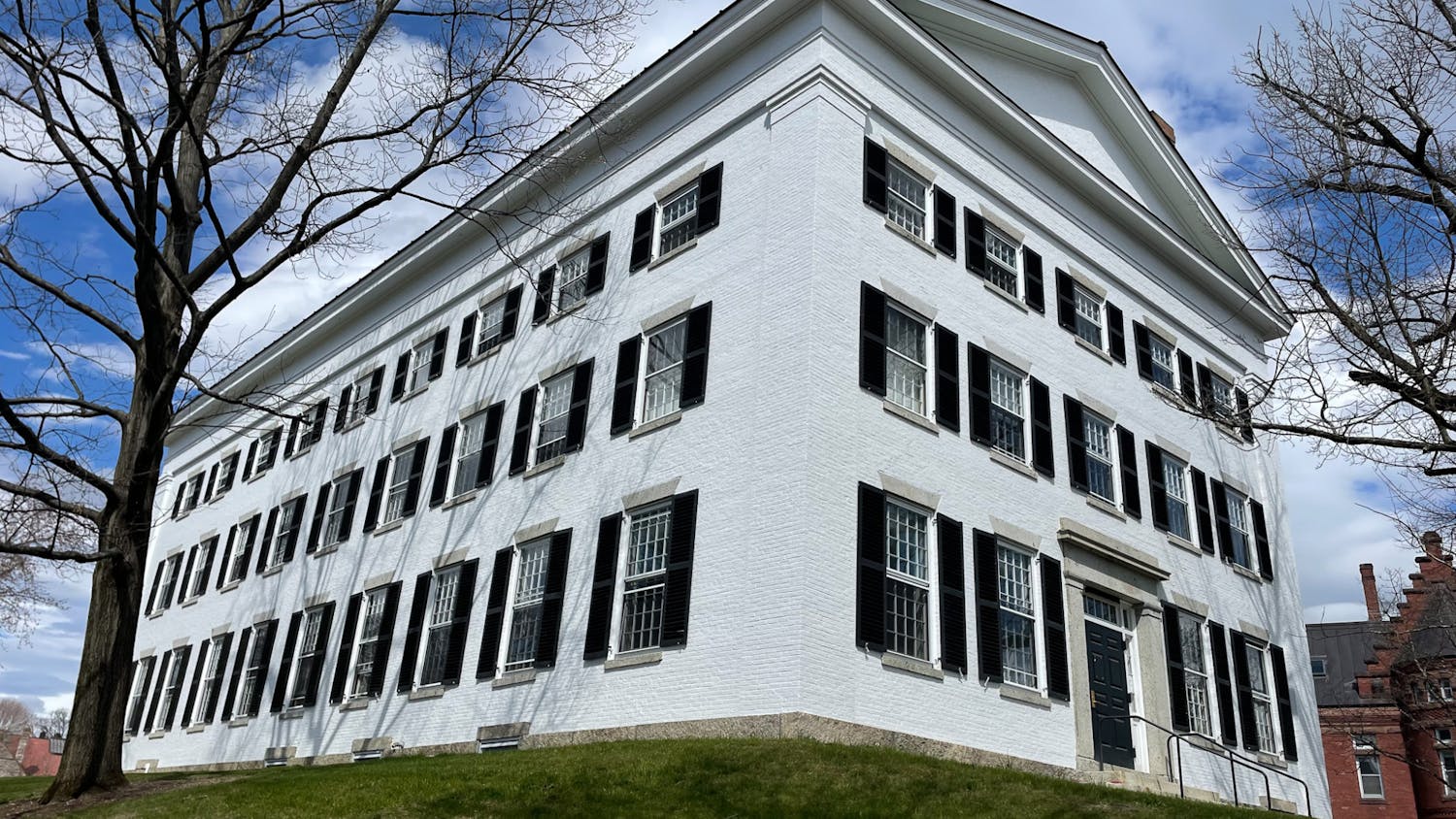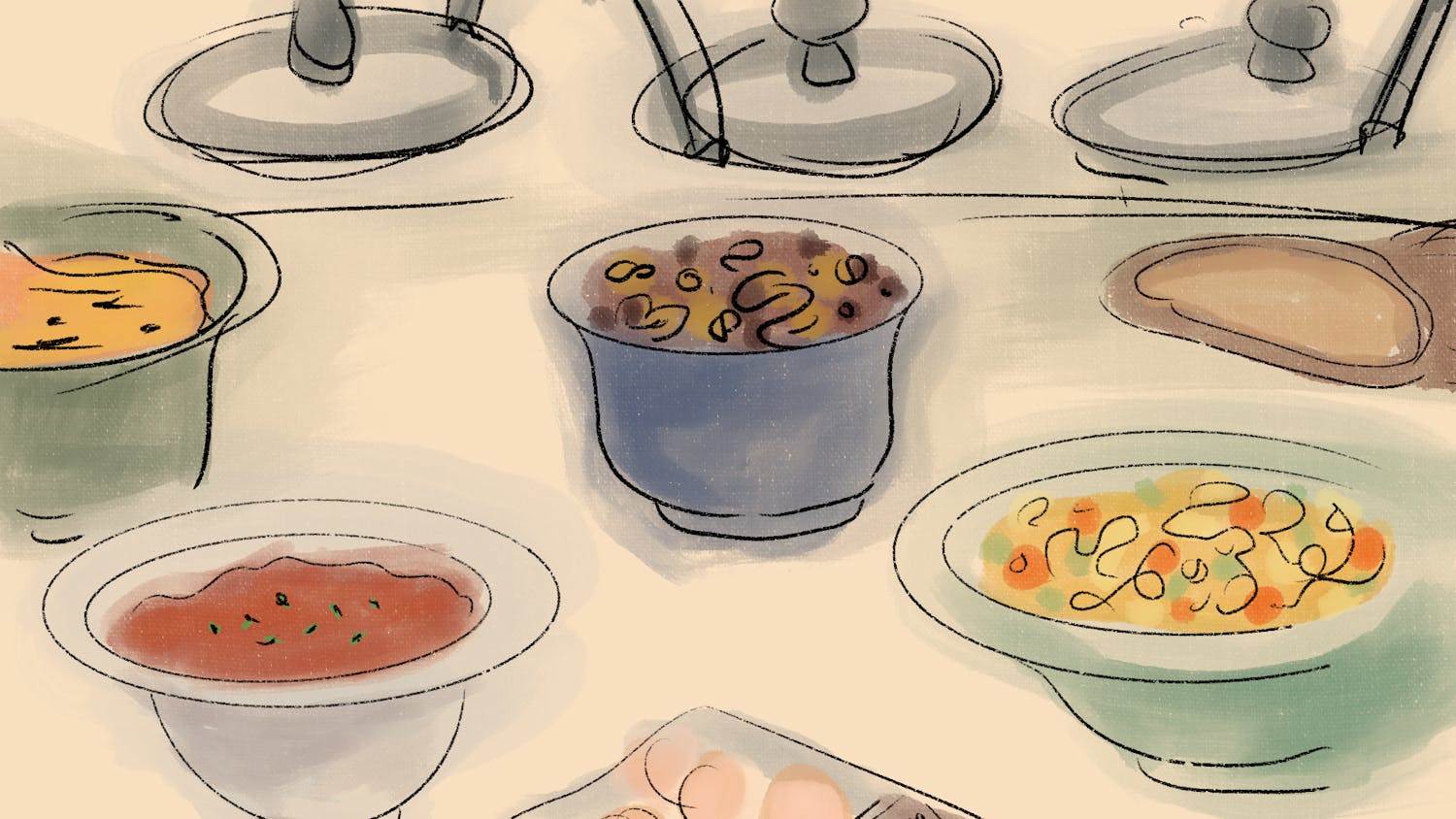Every day after an exhausting shift, a woman enters the pale-blue residence at 1673 Maple Street in Hartford, about a 10 minute drive from Hanover. She sprawls out on a large blue sofa in front of the television set and flips the channel to her favorite crime shows on the Investigation Discovery (ID) channel, a routine so habitual that fellow residents have taken to calling her the “IDiva.”
However, for “IDiva” and her nine fellow residents, most of whom are former prisoners, the dwelling that could easily be mistaken for a charming bed and breakfast has come to mean more than just a place to relax and unwind. It also represents an opportunity to transition back into the local community.
This home is one of four that Dismas of Vermont operates in the state. Hartford Dismas celebrated its dedication this past Sunday after initially facing setbacks due to construction delays and zoning issues. The house opened in late March.
Dismas of Vermont executive director Jan Tarjan said the organization eases the process of reintroducing formerly incarcerated individuals into society. The organization helps people obtain employment and provides them with homes where they can regain a sense of agency and community without being judged and stigmatized for their past actions.
When articulating the role that the Dismas house plays in the lives of former inmates, Hartford Dismas director Ben Andrews points to a Cherokee proverb that he has pasted onto the wall of his small office near the back of the Hartford residence.
In the proverb, an old Cherokee man tells his grandson about a battle that goes on inside people and is fought between a ‘good’ wolf and an ‘evil’ wolf.
“The grandson asks him which one will win,” Andrews said. “The grandfather replies, ‘The one you feed.’”
Residents often go out to local shows and festivals and sit down together for nightly dinners, usually prepared by local volunteers, including some students from the College, who stay to eat and chat.
“It’s just like eating dinner with a family,” resident Charles Handy said. “Here, there’s no pressure. They don’t preach to you. They don’t say, ‘You should do this or that.’”
Tracy Dustin-Eichler, the vice president of the Hartford Dismas’s executive committee and a program officer for local community service at the Tucker Foundation, called the nightly dinners a “win-win” for both the residents of the house and the students who volunteer to cook.
“It’s an opportunity to meet people and hear stories from potentially very different circumstances,” Dustin-Eichler said. “Hopefully that knowledge will help those students to be thoughtful and more informed when they’re voting on issues or thinking about prison reform in the United States.”
Jonathan Marinelli ’16 attends the dinners each month and coordinates volunteers through the Tucker Foundation’s “Prison Project,” a program through which students work with inmates at the Southeast State Correctional Facility in Windsor. He said that the Hartford house helps former inmates develop new relationships that may prevent them from falling into old habits.
“I had one of the residents say that I changed his perspective about Dartmouth students,” Marinelli said. “It’s really great to get out into the community and change the perceptions that some people have by showing them we care. You really get a sense of satisfaction.”
Andrews said that the residences supported by Dismas of Vermont yield more beneficial outcomes than simply funneling individuals back into prison or into typical halfway houses that impose strict rules on residents.
Housing someone at one of Dismas’ houses, he said, costs $19,000, compared to the approximately $60,000 that it would cost to house them in a correctional facility operated by the state.According to reports published by the Vermont and New Hampshire Department of Corrections in 2013, the annual cost of housing an inmate in a state prison is $58,114 and $32,872 respectively.
Residents, who pay program fees and work together to resolve conflicts, are better prepared to tackle the problems that they will face in the future and to demonstrate fiscal responsibility, Andrews said.
“It’s about people creating and using a toolkit of larger strategies so that they can successfully navigate in the community,” he said. “The activities we do together are a way of creating bridges back into the community.”
Ana Ramirez ’17 also began attending the monthly dinners through the “Prison Project” last spring. She said she enjoyed hearing about the milestones that residents would relay at dinners, such as finding new jobs and obtaining driving privileges. She said her experience has helped her gain an appreciation for the importance of social justice.
“I definitely realized some of the problems with the prison system,” she said. “A lot of people would benefit from rehabilitation more than being in the prison system. Being involved in social justice helps you become more aware of these bigger problems at stake.”
The Hartford Dismas house was approved by Vermont judge Thomas Walsh in 2012 after two Hartford community members appealed the use of the property to house former inmates, The Valley News reported. Dismas of Vermont has two locations in Burlington and a location in Rutland.




